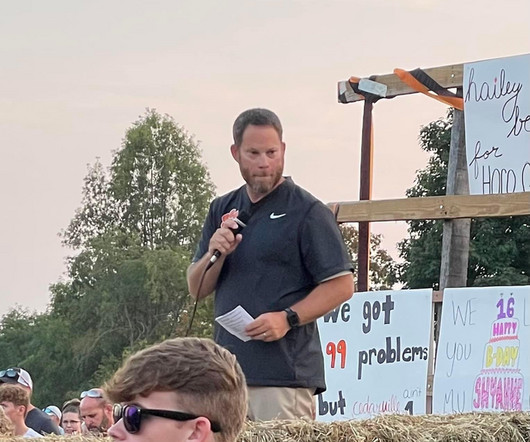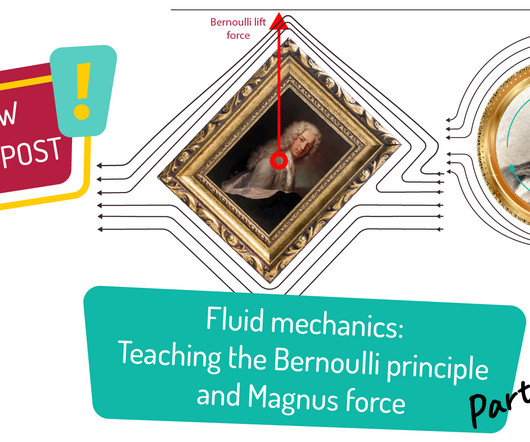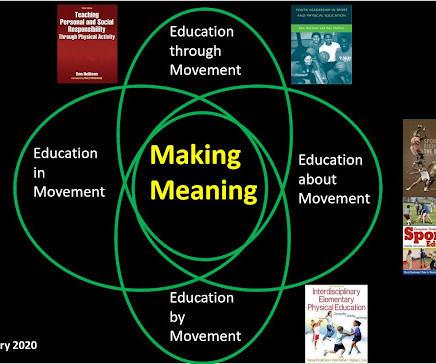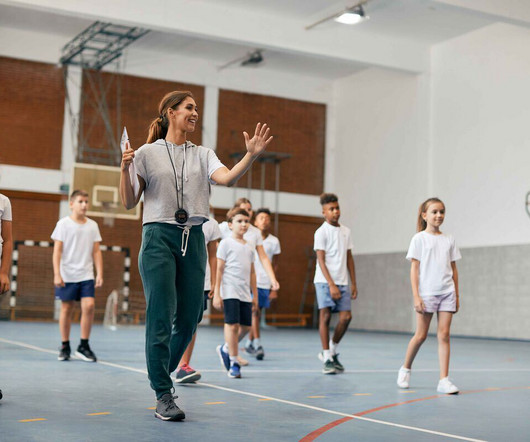THE PITFALLS OF 'MORE, YOUNGER' MINDSET Why Starting Kids Too Early and Pushing Them Too Hard Can Backfire in Youth Sports
Better Coaching
DECEMBER 24, 2024
A well-designed sports program has the capacity to teach teamwork, sportsmanship, grit, leadership, and many other life skills, as well as a lifelong love for their game. Children have shorter limbs and different leverage points compared to adults, which influences their biomechanics during movements like throwing, kicking, or running.











Let's personalize your content